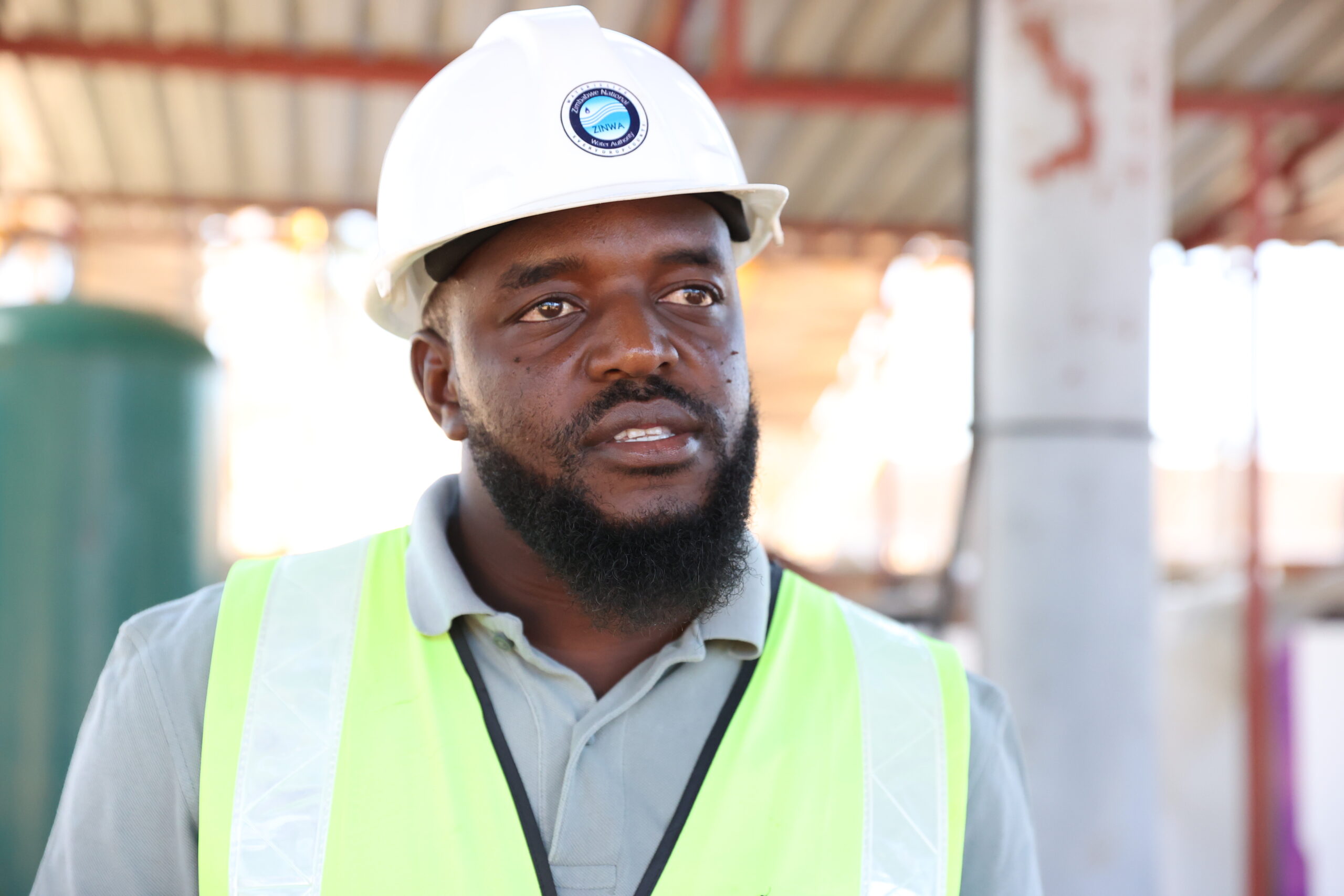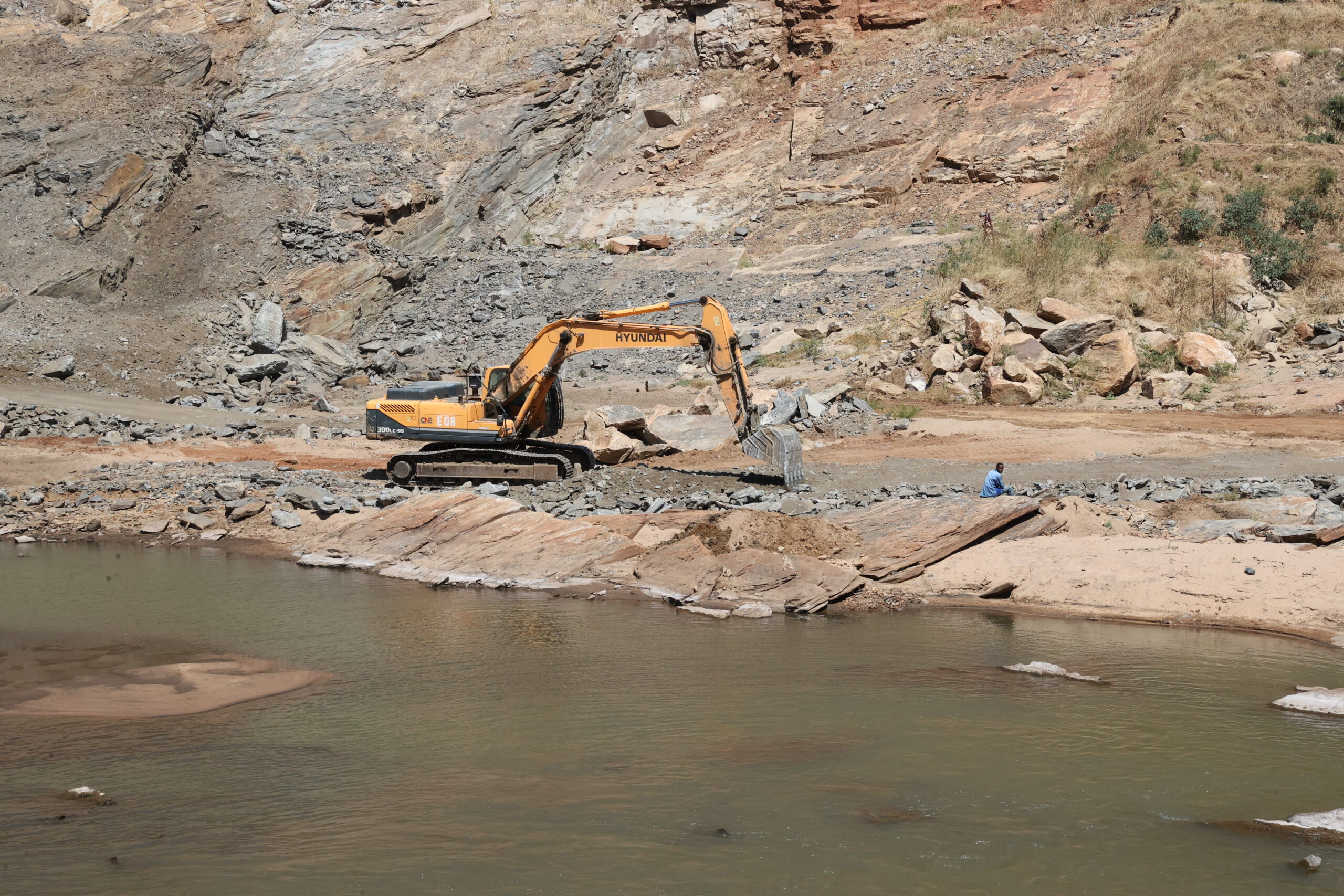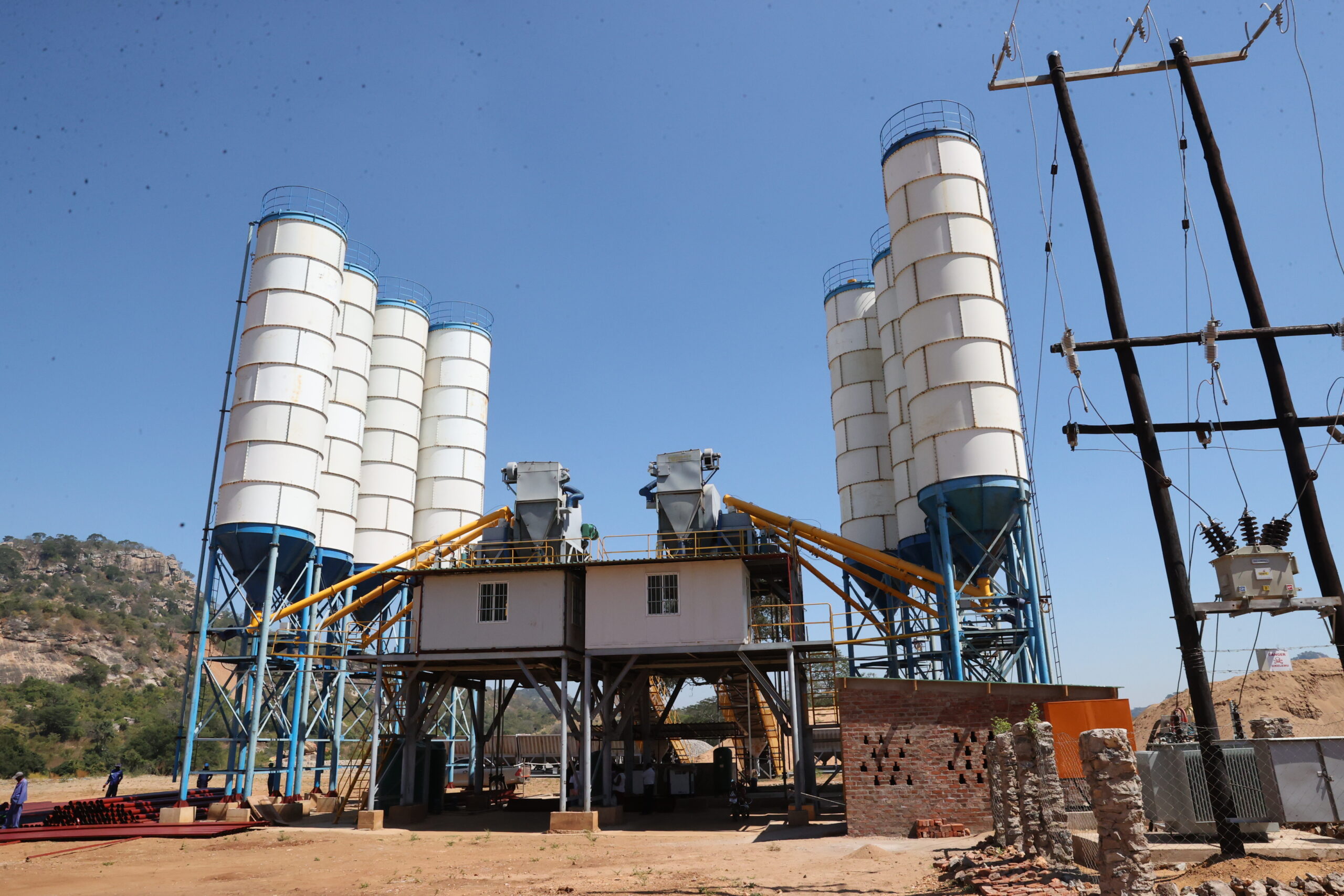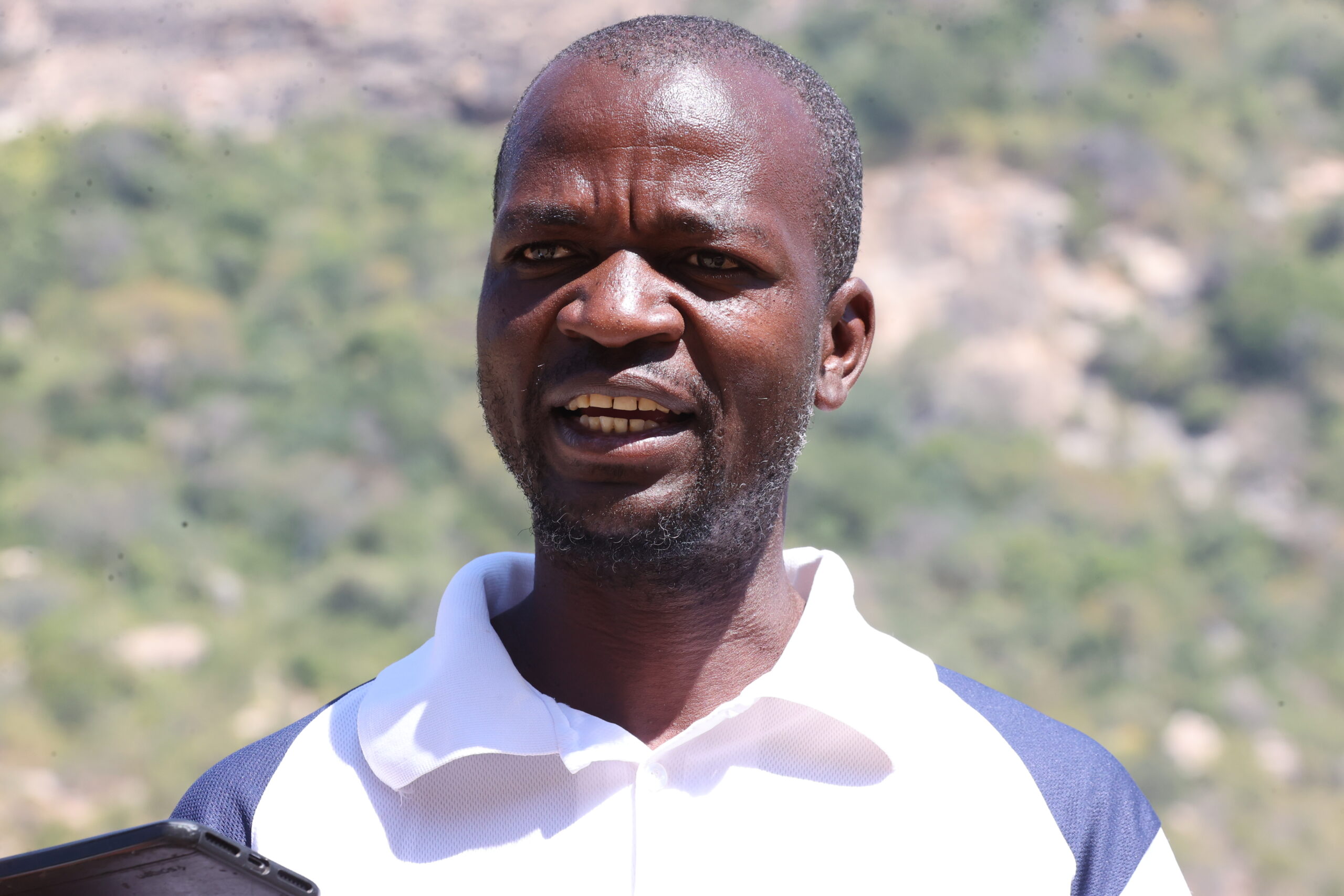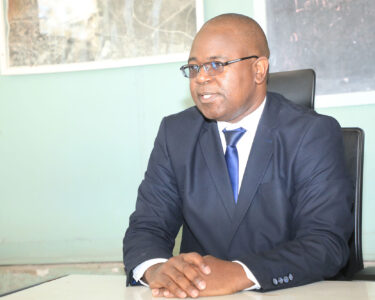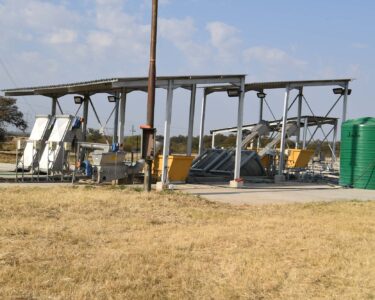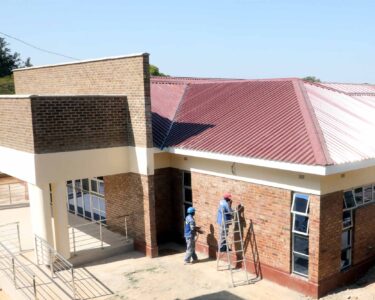The drought-prone Rushinga and Mt Darwin districts of the Mashonaland Central Province will get enough water for drinking and irrigation when the new Semwa Dam is completed over the Ruya River. Baffour Ankomah reports.
Zimbabwe is reputed to be the country with the most dams in Africa, over 10,000, yet more are being built. The latest is the Semwa Dam, located on the Ruya River in the Mashonaland Central Province, about 50 km east of Mt Darwin.
When completed, it will be among the Top Ten largest dams in the country, covering 7,500 sq km. The Ruya River has a large catchment area, starting from Chiweshe, 51 km as the crow flies from the provincial capital, Bindura. The dam will serve both the Rushinga and Mt Darwin districts.
Officially called the “Semwa Dam Irrigation and Water Supply Project”, the main purpose is irrigation for Rushinga and Mt Darwin districts. As such, the dam is expected to have a major impact in the improvement of food security in the Rushinga and Mt Darwin communal areas as these places are prone to droughts.
Already, 4,300 hectares of land have been identified, with Rushinga District contributing 2,500 hectares. Therefore, the Zimbabwe National Water Authority (Zinwa), which is handling the government side of the dam, is still looking into other areas for arable land which can be irrigated.
According to Zinwa, peasant farmers in the Rushinga-Mt Darwin communal area will be introduced to climate-proofed commercial agriculture with the aim of helping them to realise more value from their farming activities.
The dam can potentially be stocked with fish that can supplement diet for communities. It will also be an abundant source of potable water supply to the Rushinga Growth Point, Chimhanda, and the Karanda Hospital in Mt Darwin District.
The locals will also get potable water from the dam as Rushinga is a very dry district where boreholes can go as deep as 120 meters to get water. The dam will therefore increase access to water both for drinking and irrigating farms and gardens.
Normally people in the Rushinga District struggle to grow tomatoes and vegetables in dry seasons as the Ruya River dries up in the dry season. Thus, on completion, the dam will give the local people access to water all year round so that they can have greens which will improve their livelihoods. The dam has the capacity of 260,000 mega litres of water, which will make it the largest in Mash Central. The height of the dam wall will be 72 metres.
More importantly, the dam will generate 9.5 MW of electricity and feed it into the national grid, which will help improve the power supply in the country.
In the beginning
The dam started life in 2006 when the Zimbabwean government, through the Ministry of Water Resources Development and Management (MWRDM) entered into a Build Operate & Transfer (BOT) agreement with the Zambezi Green Valley Development Ltd (ZAGREVA), to construct the dam. ZAGREVA in turn engaged the Chinese company, the China Nanchang Engineering (CNE), on 22 August 2006 as the contractor to build the dam.
Work duly started on site with the construction of the right bank permanent access road. Foundation exploratory works in the riverbed also began, but the works were suspended at the end of 2007 due to the shortage of funds. At the time, the right bank permanent access road was virtually complete while the exploratory works in the riverbed were 25% done.
All the works were funded by the Public Sector Investment Programme (PSIP) and the Reserve Bank of Zimbabwe, as ZAGREVA failed to raise the required financial resources.
Not wanting to see the project die, the government, through the MWRDM, took 100% control of the project in October 2012, advising Zinwa to retain the Chinese contractor, CNE, and Zinwa itself was to engage in all necessary procedures to allow for the immediate restart of the project under direct government execution. Thus, further seismic and geological surveys and construction material investigations were carried out in 2006, and construction resumed in 2013.
The dam was originally designed as a Core Rock-fill dam based on the fact that the dam’s material resources were available within the project area without making a major impact on cultivable land there, and also the financial resources would be made available timely.
According to Zinwa, the construction of the dam proceeded while a parallel exercise of further detailed design was underway. Out of that exercise, and with the advancement of technologies in dam construction engineering, Zinwa’s engineers concluded that while the Core Rock-fill was an acceptable and reasonable type of dam, the project could be best done as a Roller Compacted Concrete (RCC) dam.
The major reasons for the change of mind for the RCC, included the following: (a) Less risk of flood damage to works during construction. (b) Availability and easier access to construction materials. (c) Less damage to the environment. (d) Simpler construction method. (e) More flexible construction programme. (f) Option to store water in stages during construction without posing major challenges of damage exposure to the works, and (g) Less financial resources required due to lower costs of the construction of the dam itself and other ancillary works.
The RCC is a new technology recently introduced in Zimbabwe. The first one of its kind is the ongoing Gwayi-Shangani Dam, the first gravity dam in the country. The second will be the Semwa Dam. The advantage is that Zimbabwean engineers now have the chance to learn the new technology of dam construction, which is more durable, sustainable, and even cheaper and faster than the old ways.
When a team of Brick by Brick editors visited the dam site on 28 April, the foundation, outlet, and spillway excavations were in progress, and the site establishment was almost complete.
Francis Dzenga, the engineer on site on the day, who has been at the project for the past five years, said they were having a few challenges with the geology of the area, “but definitely we will manage to come up with a solution,” he assured the nation.
According to him, “the rocks here are interchanging from solid type to more like weathered, so it needs more attention, especially when we do the grouting, we have to check it very well that there are no leakages, so that we can build a durable structure”.
Dzenga came on site in 2018, but he says the two years of Covid-19 seriously hampered progress. “We had cases of Covid among us which led to the shutdown of the site,” he told Brick by Brick.
The contractor is Makomo Engineering, previously known as the China Nanchang Engineering (CNE). Dzenga said they had 13 Chinese on site and 71 local people employed under the contractor. Then we have 23 people employed on the ZINWA side.
Dzenga could not say when the dam will be completed. “All things being equal, the dam will be completed in two-and-half years ‘ time.
There are 141 families who will be displaced by the dam. Major attention has been on 15 families that are currently affecting the progress of construction works. These families were resettled before the onset of the 2021/2022 rainy season.
After suffering from water challenges for a long time, the local people of the Rushinga District have accepted the construction of the Semwa Dam with all gladness. One of them, Councillor Oscar Chimusoro from Ward 10 of the
Rushinga District.
“The community has received well the whole idea of doing irrigation,” Chimusoro told Brick by Brick. “Rushinga and Mt Darwin have benefited a lot
because we always had water problems. So by irrigating, the water supply will be there, which means hunger is no longer an issue. The President has done well by giving us such a project in Rushinga. We forsee that it be a green belt which means fish, maize, food, shall be abundantly supplied.
CAPTIONS
Pic 1:
Francis Dzenga, the Semwa Dam’s young engineer, conducted the Brick by Brick team round the dam site
Pic 2:
River-bed works, part of the foundational works of the Semwa Dam, have been going on in earnest
Pic 3:
The establishment of the dam site is almost complete
Pic 4
The Ruya River, the host of the Semwa Dam, normally dries up in the dry season
Pic 5
Councillor Oscar Chimusoro: “By irrigating, the water supply will be there, which means hunger is no longer an issue. The President has done well by giving us such a project in Rushinga District”



